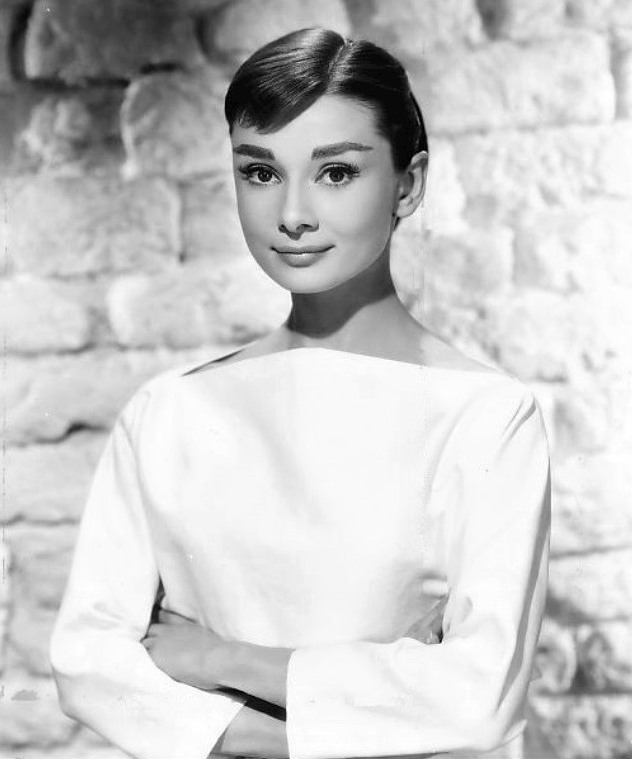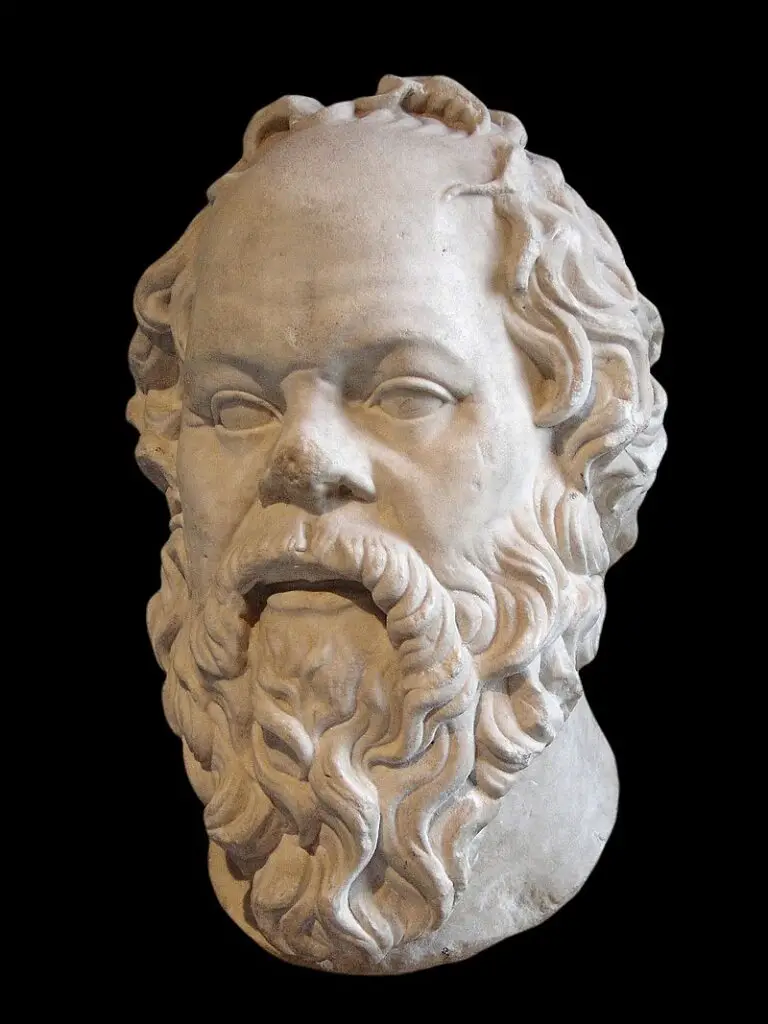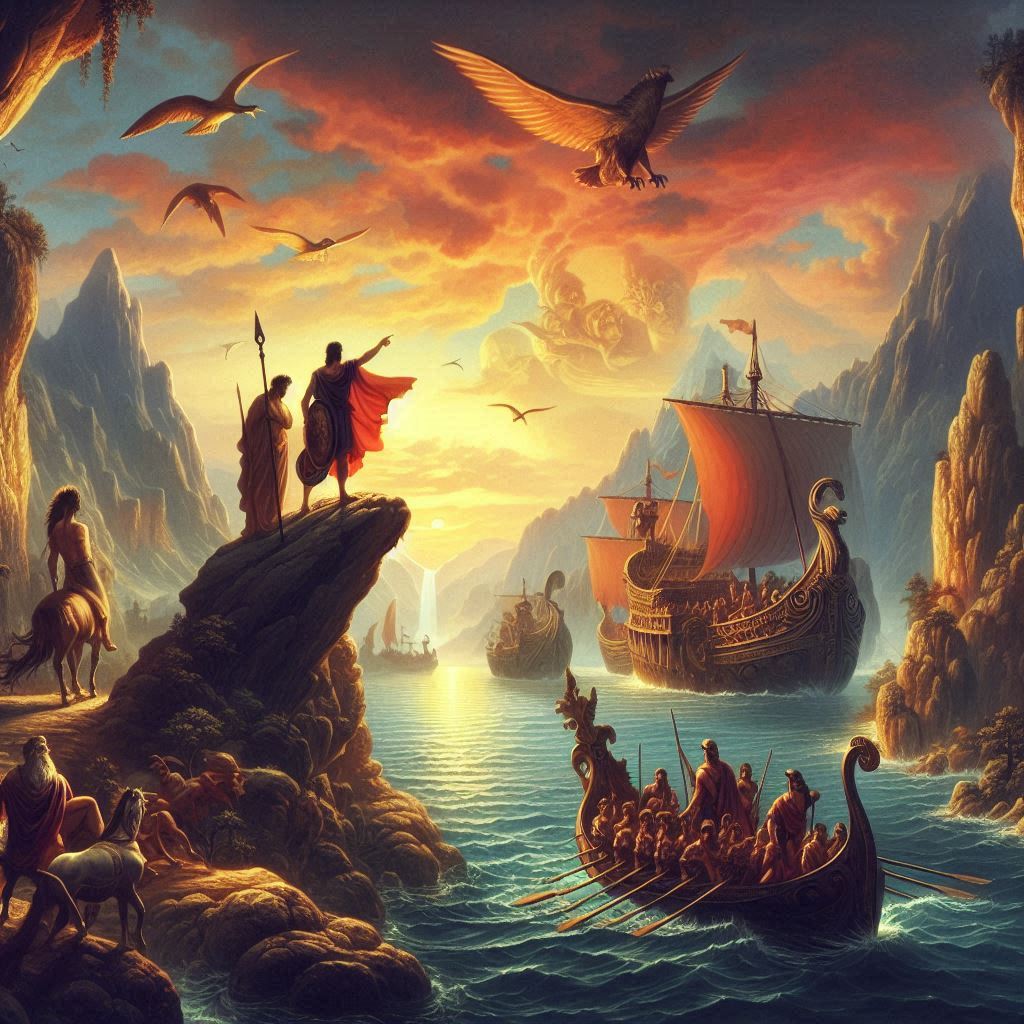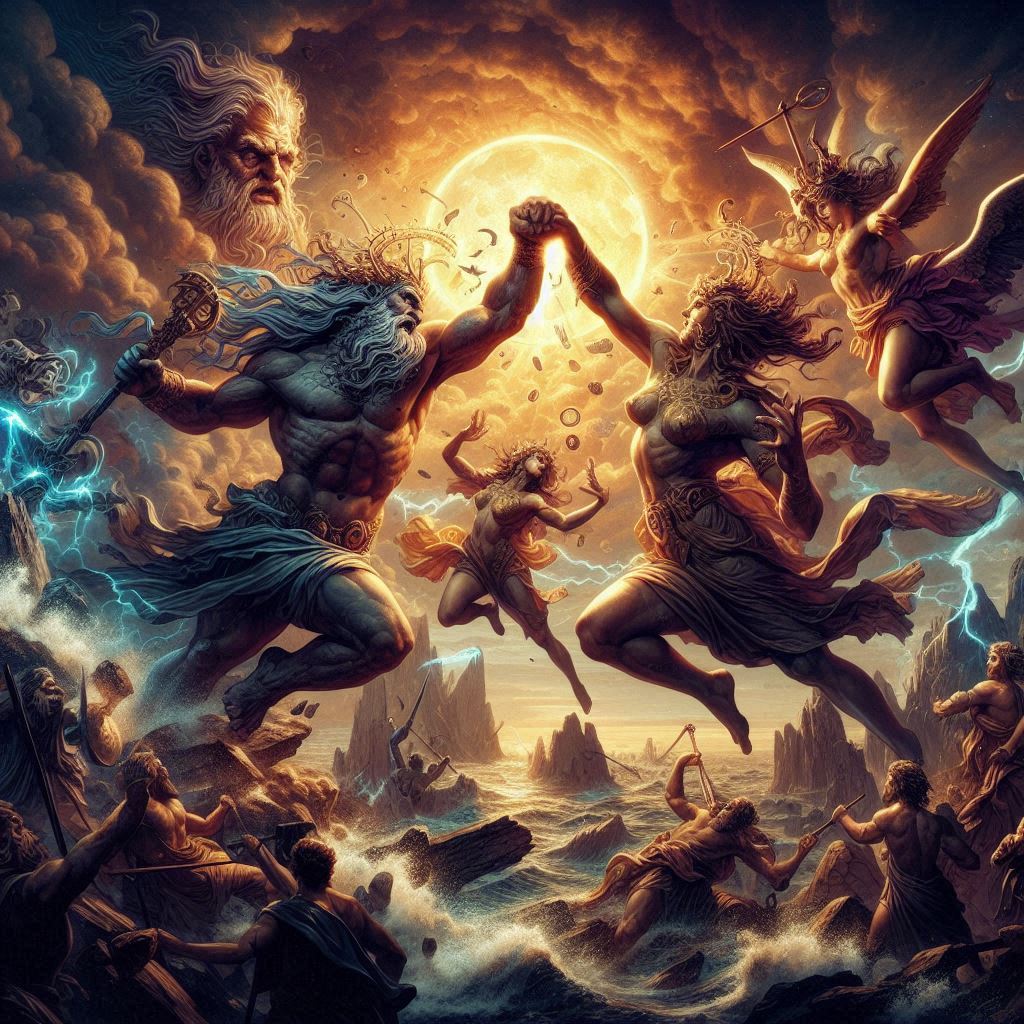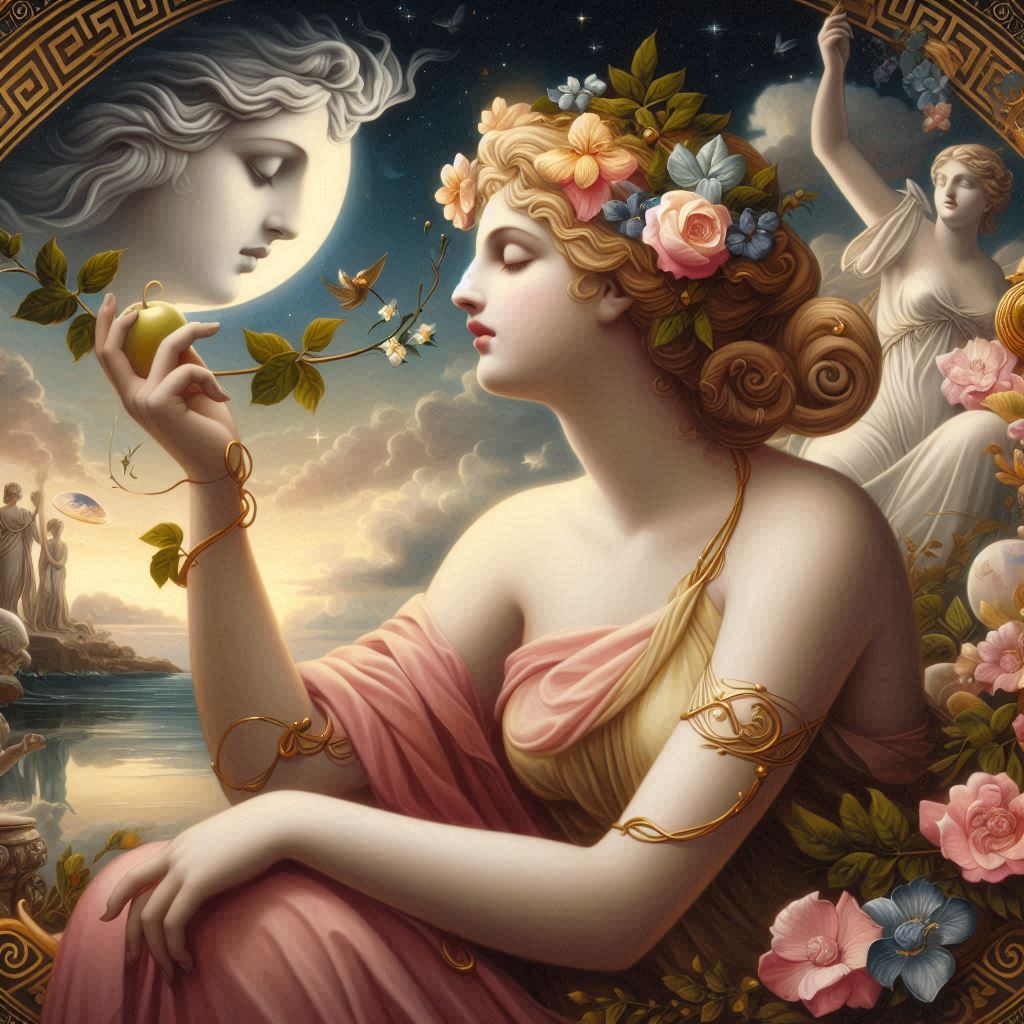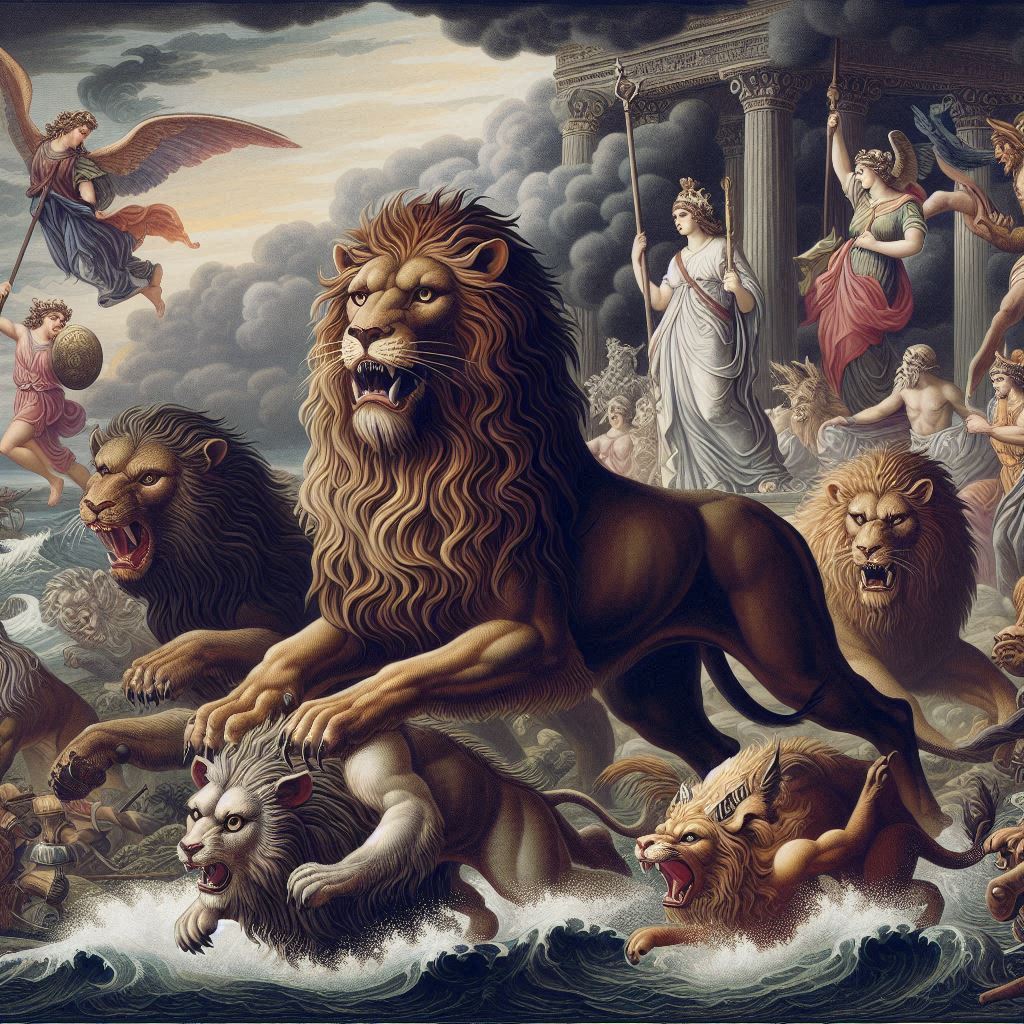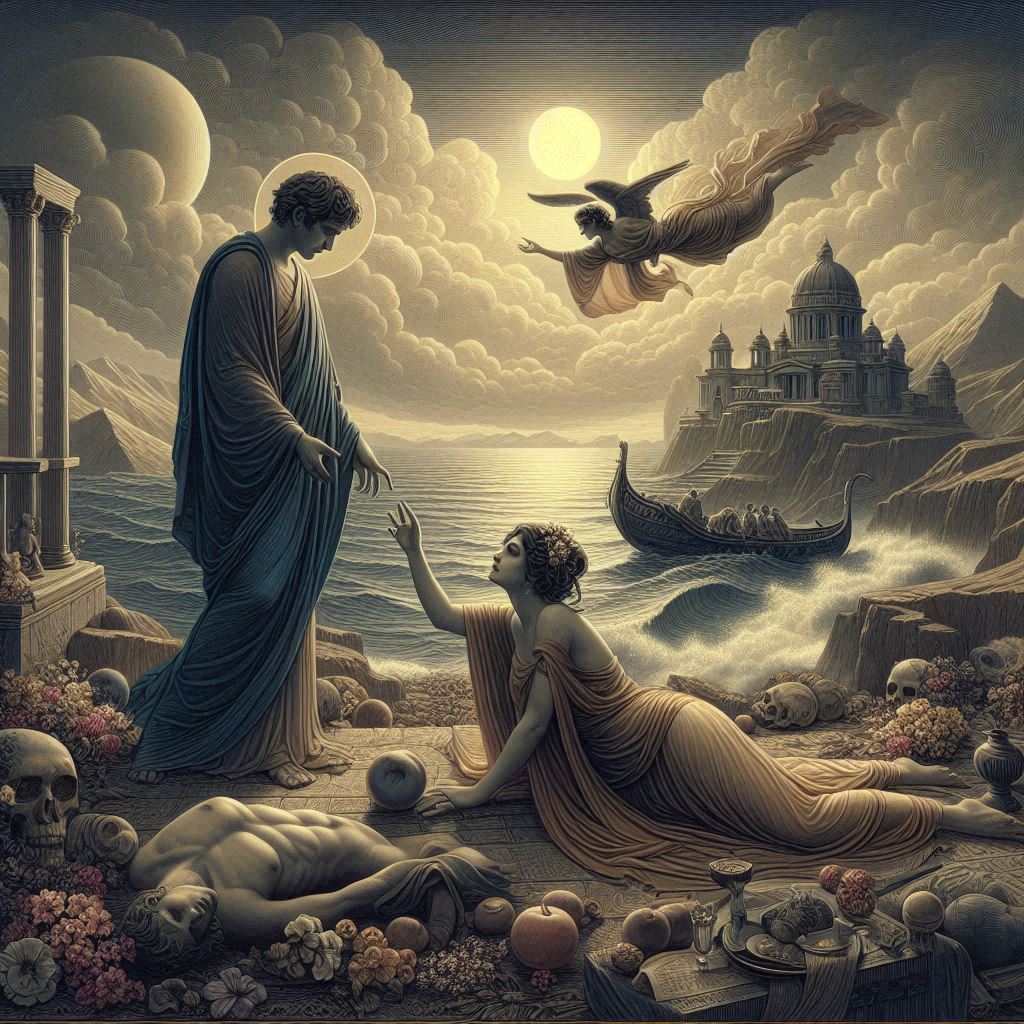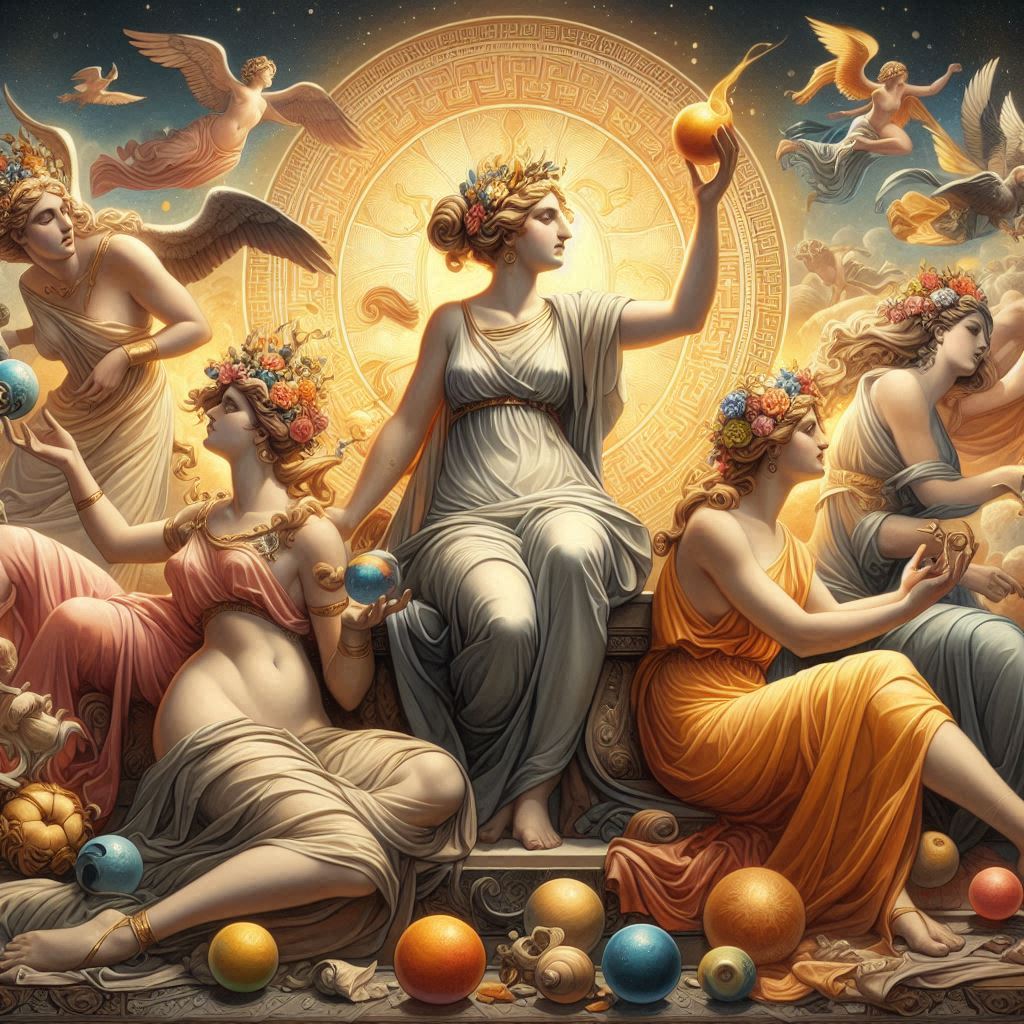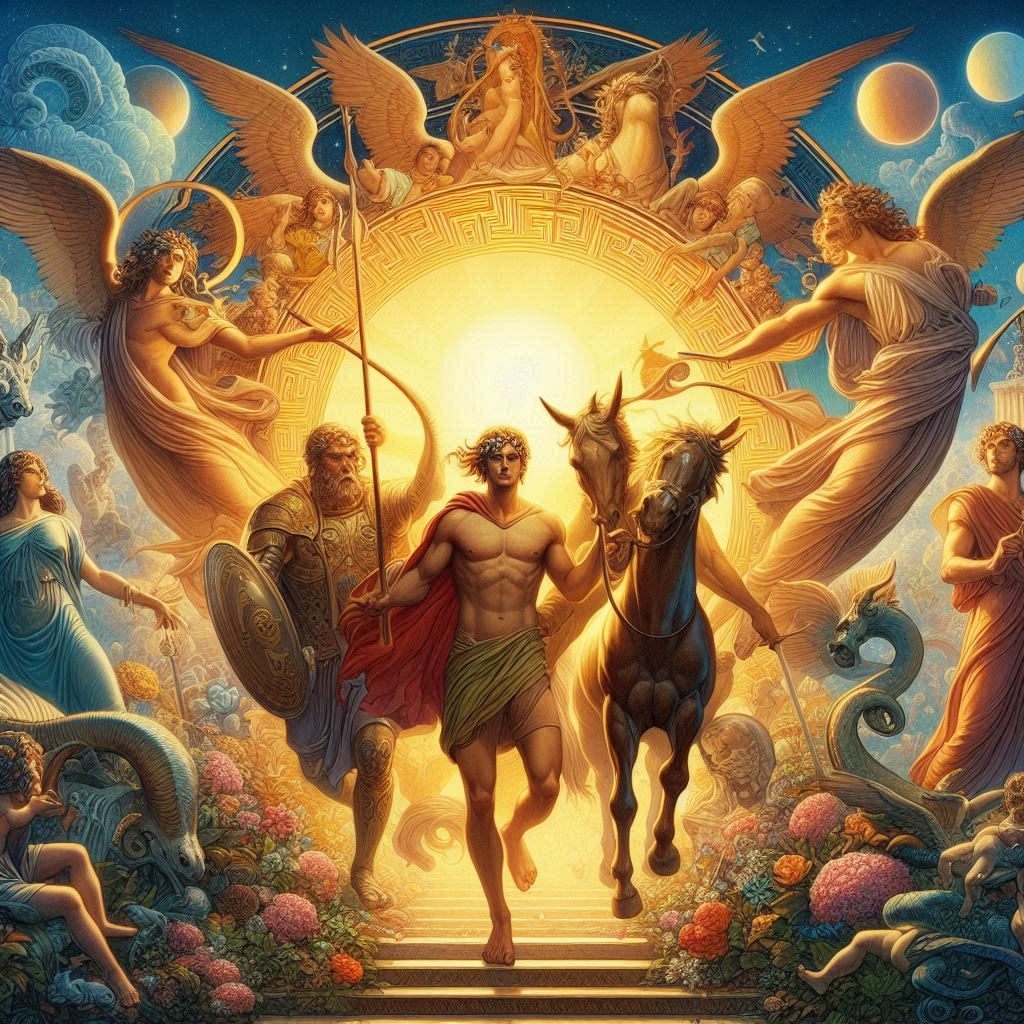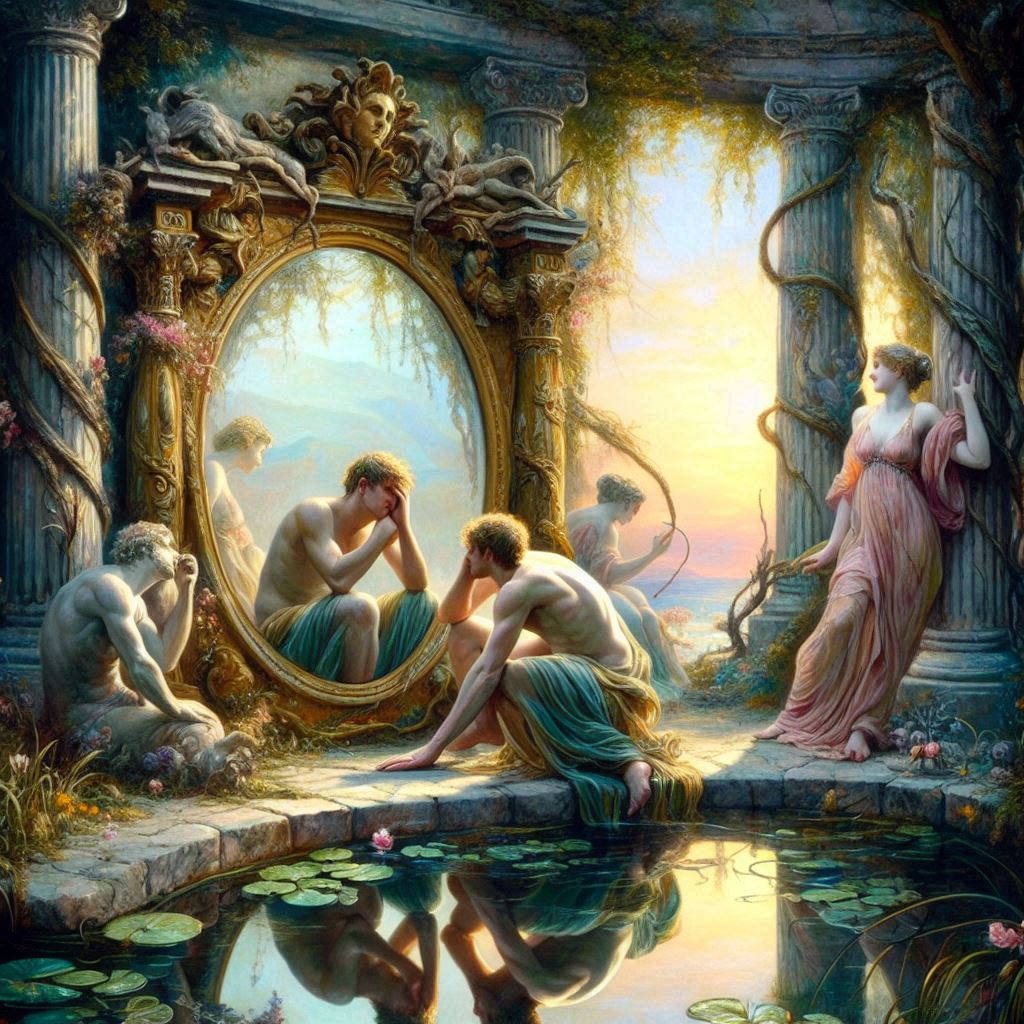Audrey Hepburn (1929–1993) was a Belgian-born British actress and humanitarian. Renowned for her elegance and grace, Hepburn became an iconic figure in the world of film and fashion. She gained widespread recognition for her roles in classic movies like “Breakfast at Tiffany’s,” “Roman Holiday,” and “My Fair Lady,” earning Academy Awards and other accolades for her performances. Beyond her acting career, Hepburn devoted much of her later life to humanitarian work as a UNICEF Goodwill Ambassador, focusing on children’s rights and well-being. Her legacy endures as a symbol of timeless beauty, talent, and compassionate activism.
Hepburn’s early years were marked by the challenges of World War II. Her family, including her Dutch mother, Baroness Ella van Heemstra, and British father, Joseph Victor Anthony Ruston, relocated to the Netherlands to escape the conflict. However, the war’s impact was profound, leading to Audrey witnessing the Nazi occupation and experiencing deprivation and hardship.
Post-war, Audrey’s family settled in London, where she pursued ballet training at the Rambert Ballet School. This early exposure to the arts ignited her passion for performance, and she later studied acting at the Arnhem Conservatory in the Netherlands. Her initial forays into the world of entertainment included modeling and bit parts in films, laying the foundation for a career that would soon blossom.
In 1951, Audrey Hepburn made her West End stage debut in the play “Gigi,” which caught the attention of French novelist Colette. This connection would prove pivotal, as it led to Hepburn being cast in the Broadway adaptation of “Gigi” in 1951. Her luminous stage presence garnered widespread acclaim, attracting the attention of Hollywood producers.
Hepburn’s breakthrough came with her iconic role in the film “Roman Holiday” (1953), directed by William Wyler. Cast opposite Gregory Peck, Hepburn portrayed Princess Ann, a royal who escapes her stifling duties to experience Rome as an ordinary person. Her performance was a revelation, earning her the Academy Award for Best Actress—a testament to her innate talent and on-screen charisma.
“Roman Holiday” catapulted Audrey Hepburn into international stardom and positioned her as Hollywood’s newest darling. Her gamine beauty, characterized by doe-like eyes, a slender frame, and a pixie haircut, set her apart from the glamorous Hollywood stars of the era. Audrey’s style, both on and off-screen, became synonymous with a sophisticated, timeless elegance that continues to influence fashion today.
Throughout the 1950s, Hepburn solidified her status as a leading lady with a string of successful films. “Sabrina” (1954), “War and Peace” (1956), and “Funny Face” (1957) showcased her versatility as an actress, while “Breakfast at Tiffany’s” (1961) became an enduring classic. Her portrayal of the whimsical and iconic Holly Golightly, complete with the little black dress and pearls, remains one of the most celebrated performances in cinematic history.
In 1954, Audrey Hepburn received her second Academy Award nomination for “Sabrina” and won the Golden Globe for Best Actress. Her ability to seamlessly transition between comedic and dramatic roles solidified her as a dynamic and bankable actress. Moreover, Hepburn’s innate charm and humility endeared her to audiences worldwide, creating a lasting connection beyond the silver screen.
The 1960s ushered in a new phase of Audrey Hepburn’s career. She continued to work with esteemed directors, including Billy Wilder in “Love in the Afternoon” (1957) and Blake Edwards in “Breakfast at Tiffany’s.” In 1964, she starred in “My Fair Lady,” a film adaptation of the Broadway musical, directed by George Cukor. While her performance as Eliza Doolittle received critical acclaim, the Academy Award eluded her on this occasion.
Despite her tremendous success in film, Audrey Hepburn’s personal life faced its share of challenges. Her first marriage to actor Mel Ferrer ended in divorce in 1968, and she later married Italian psychiatrist Andrea Dotti in 1969. The marriage brought her two sons, Sean and Luca, but ultimately ended in divorce in 1982.
Audrey Hepburn’s life took a turn toward philanthropy and humanitarian work in the later years of the 1960s. Her experiences during World War II left a lasting impact on her, inspiring a deep commitment to children’s causes. In 1988, she was appointed a UNICEF Goodwill Ambassador, and she dedicated much of her time to advocating for children in need.
Hepburn’s work with UNICEF allowed her to utilize her fame for a greater purpose. She traveled to numerous countries, witnessing firsthand the plight of children in war-torn regions and areas affected by famine. Her efforts were recognized with the Presidential Medal of Freedom in 1992, cementing her legacy as not only a cinematic icon but also a compassionate advocate for children’s rights.
The 1970s and 1980s saw Audrey Hepburn taking on fewer film roles as she devoted more time to her family and humanitarian work. However, when she did return to the screen, it was often for meaningful projects, such as “Robin and Marian” (1976) and “They All Laughed” (1981). Her decision to prioritize her personal life and philanthropy over a continuous film career reflected her commitment to living a meaningful and balanced life.
In the twilight of her career, Audrey Hepburn received several accolades, including a Lifetime Achievement Award from the Screen Actors Guild in 1992. Her final film, “Always” (1989), directed by Steven Spielberg, provided a fitting end to a remarkable cinematic journey.
Audrey Hepburn’s health began to decline in the early 1990s, and she faced a battle with cancer. Despite her illness, she continued to work on behalf of UNICEF until her passing on January 20, 1993, at the age of 63. Her death marked the end of an era, leaving behind a legacy that transcended the silver screen.
Audrey Hepburn’s impact extended far beyond her filmography. Her influence on fashion, characterized by her collaboration with designer Hubert de Givenchy, continues to be celebrated in the world of haute couture. The iconic “little black dress” from “Breakfast at Tiffany’s” remains an enduring symbol of Hepburn’s style and sophistication.
Moreover, Audrey Hepburn’s humanitarian legacy lives on through the Audrey Hepburn Children’s Fund, established posthumously by her sons. The fund continues her work with UNICEF, providing support to children in need around the world.
Audrey Hepburn’s life was a tapestry of talent, resilience, and compassion. From her challenging early years during World War II to her ascent as a Hollywood legend and her dedicated humanitarian efforts, Hepburn’s journey remains an inspiration. Her indelible mark on the worlds of cinema and philanthropy ensures that Audrey Hepburn will forever be remembered as an enduring symbol of grace, beauty, and kindness.
